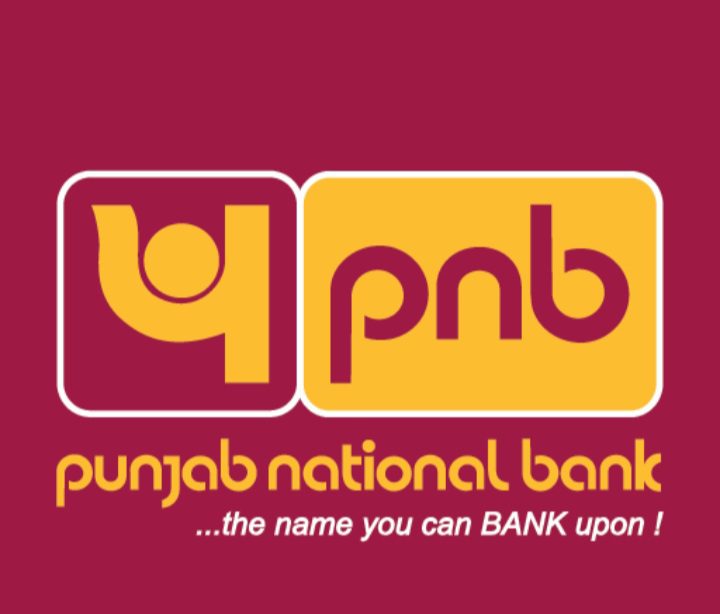Punjab National Bank (PNB) isn’t just another name in the vast landscape of Indian banking; it’s an institution deeply woven into the nation’s economic fabric. Founded in 1894 in Lahore (then undivided India), PNB holds the prestigious distinction of being the first bank in India truly managed by Indians with Indian capital. This legacy of indigenous enterprise laid the foundation for a journey spanning over a century – a journey marked by resilience, national service, significant challenges, and a determined push towards a digital future.
A Legacy of Nation-Building
PNB’s historical significance is profound. Established during the Swadeshi movement, its founding principles were intrinsically linked to fostering Indian self-reliance. Post-independence, PNB played a pivotal role in driving financial inclusion across the newly formed nation, particularly in rural and semi-urban areas where banking penetration was minimal. Its extensive branch network, even in remote locations, became a symbol of the government’s efforts to integrate the entire population into the formal financial system. The bank actively participated in key national initiatives, financing agriculture, small industries, and infrastructure projects crucial for India’s development.
Navigating Storms and Emerging Stronger
No discussion about PNB’s recent history can overlook the significant challenge it faced in 2018 – the Nirav Modi-Mehul Choksi fraud case. This event was undoubtedly a major setback, shaking confidence and resulting in substantial financial losses. However, PNB’s response became a critical chapter in its story.
The bank embarked on an aggressive recovery drive, leveraging legal mechanisms and asset sales. Simultaneously, it underwent rigorous internal restructuring, strengthening its risk management frameworks, compliance protocols, and internal audit systems. A renewed focus on core banking operations, rationalization of its balance sheet, and a strategic shift towards retail and digital banking marked this period of transformation. The results, while painstakingly achieved, are evident in the bank’s gradual return to profitability and stability in subsequent years.
The Digital Pivot: Banking for the New Era
Recognizing that the future of banking is irrevocably digital, PNB has invested significantly in transforming its technological infrastructure and customer experience:
- Robust Digital Platforms: PNB offers comprehensive internet banking (PNB One) and feature-rich mobile banking applications, enabling customers to perform a vast array of transactions – from fund transfers and bill payments to fixed deposit bookings and loan applications – from anywhere.
- UPI Dominance: The bank has aggressively promoted Unified Payments Interface (UPI) transactions through its apps, simplifying peer-to-peer and merchant payments and capturing a significant share of the rapidly growing digital payments market.
- AI and Analytics: PNB is increasingly leveraging artificial intelligence and data analytics for various functions, including customer service (chatbots), personalized product offerings, fraud detection, and credit risk assessment, enhancing both efficiency and security.
- Digital Lending: Initiatives like pre-approved instant digital loans (personal, MSME) through its apps are reducing turnaround times and making credit more accessible.
- Focus on Cybersecurity: Given the digital thrust, PNB has concurrently ramped up investments in cybersecurity infrastructure and protocols to protect customer data and transactions, a non-negotiable aspect of modern banking.
Current Footprint and Performance
As one of India’s leading public sector banks, PNB boasts a massive presence:
- Network: Thousands of branches and ATMs spread across the length and breadth of India, ensuring physical accessibility.
- Global Reach: A significant international presence with branches and subsidiaries in key financial centers, serving the NRI community and facilitating international trade.
- Customer Base: Serving millions of retail customers, small businesses, mid-corporates, and large corporates.
- Financial Health: Post-restructuring, PNB has demonstrated improved financial metrics. Key focus areas include reducing non-performing assets (NPAs), improving net interest margins (NIM), controlling costs, and driving sustainable profitability. Recent quarters have shown encouraging trends in these areas.
Beyond Banking: The ESG Mandate
Aligning with global and national priorities, PNB is actively integrating Environmental, Social, and Governance (ESG) principles:
- Green Financing: Promoting loans for renewable energy projects, energy efficiency, sustainable agriculture, and electric vehicles.
- Financial Inclusion: Continuing its legacy through initiatives targeting unbanked populations, micro-enterprises, and marginalized communities.
- Corporate Governance: Strengthening board oversight, transparency, and ethical practices post the challenges faced.
The Road Ahead: Challenges and Opportunities
PNB’s journey forward is not without hurdles. Competition, especially from nimble private banks and fintech disruptors, is intense. Maintaining asset quality in a dynamic economic environment remains paramount. Continuing the digital transformation at pace while seamlessly integrating it with the legacy branch network is a complex operational challenge. Furthermore, attracting and retaining top talent in the face of stiff competition requires constant focus on organizational culture and employee value proposition.
However, opportunities abound. India’s rapidly growing economy, rising disposable incomes, increasing digital adoption, and government thrust on infrastructure investment present vast avenues for growth. PNB’s unparalleled reach, especially in semi-urban and rural India, is a massive competitive advantage. Its strong brand recall and trust, rebuilt through its recovery efforts, remain valuable assets. Success will hinge on:
- Accelerating Digital Innovation: Continuously enhancing digital offerings for superior customer experience and operational efficiency.
- Sustained Asset Quality Vigilance: Proactive monitoring and robust risk management.
- Retail and MSME Focus: Deepening relationships and offering tailored products to these growth segments.
- Operational Efficiency: Leveraging technology to optimize processes and reduce costs.
- Talent Management: Building a future-ready workforce with digital skills and a customer-centric mindset.
Conclusion: A Pillar Adapting for the Future
Punjab National Bank is more than a financial institution; it’s a testament to India’s banking evolution. From its nationalist origins to its role as a development catalyst, and through the trials of a major fraud to its current digital resurgence, PNB embodies resilience. While challenges persist, the bank’s strategic focus on digital transformation, improved governance, retail/MSME growth, and ESG principles positions it to navigate the future. PNB stands as a critical pillar in the Indian banking system, adapting its century-old legacy to meet the demands of the 21st century, striving to remain relevant, robust, and ready for the next chapter of India’s economic story. Its journey is a compelling narrative of tradition meeting transformation.
Author : Rai saha
Published: 7th August, 2025
Follow us for more such updates.
Anurag Dhole is a seasoned journalist and content writer with a passion for delivering timely, accurate, and engaging stories. With over 8 years of experience in digital media, she covers a wide range of topics—from breaking news and politics to business insights and cultural trends. Jane's writing style blends clarity with depth, aiming to inform and inspire readers in a fast-paced media landscape. When she’s not chasing stories, she’s likely reading investigative features or exploring local cafés for her next writing spot.





